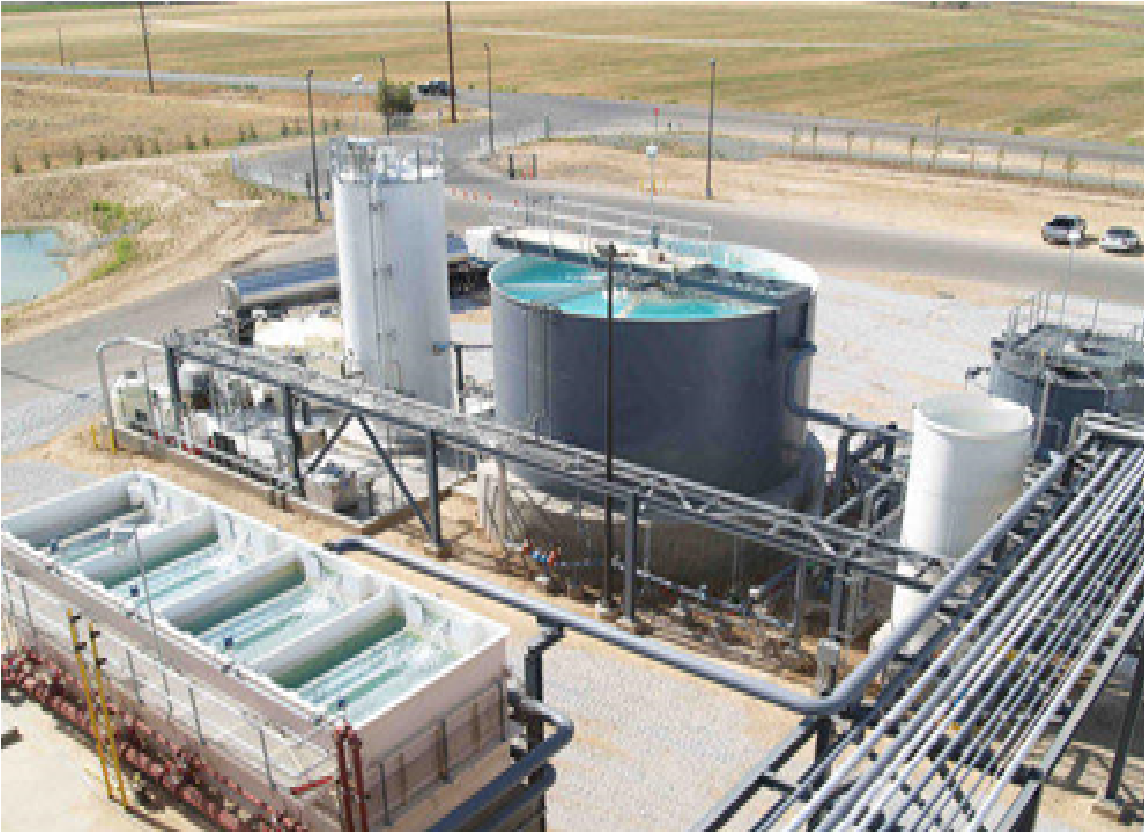
Zero liquid discharge (ZLD) is a strategic wastewater management system that ensures that there will be no discharge of industrial wastewater into the environment. It is achieved by treating wastewater through recycling and then recovery and reuse for industrial purpose
The exact components of a ZLD treatment system will largely depend on the volume of dissolved material present in the waste, the system’s required flow rate what specific contaminants are present. But in general, a basic ZLD treatment system typically includes some type of:
a ) Clarifier And/Or Reactor – To Precipitate Out Metals, Hardness, And Silica
b ) Chemical Feed - To Help Facilitate The Precipitation, Flocculation, Or Coagulation Of Any Metals And Suspended Solids
c ) Filter Press - To Concentrate Secondary Solid Waste After Pre-Treatment Or Alongside An Evaporator
d ) Ultrafiltration (UF) - To Remove All The Leftover Trace Amounts Of Suspended Solids And Prevent Fouling, Scaling, And/Or Corrosion Down The Line Of Treatment
e ) Reverse Osmosis (RO) - To Remove The Bulk Of Dissolved Solids From The Water Stream In The Primary Phases Of Concentration
f ) Brine Concentrators - To Further Concentrate The Reject RO Stream Or Reject From Electrodialysis To Further Reduce Waste Volume
g ) Evaporator - For Vaporizing Access Water In The Final Phases Of Waste Concentration Before Crystallizer.
h ) Crystallizer - To Boil Off Any Remaining Liquid, Leaving You With A Dry, Solid Cake For Disposal.
Zero liquid discharge plant technology is growing globally as an important wastewater management strategy to reduce water pollution and extend water supply.
The main benefits of ZLD are: